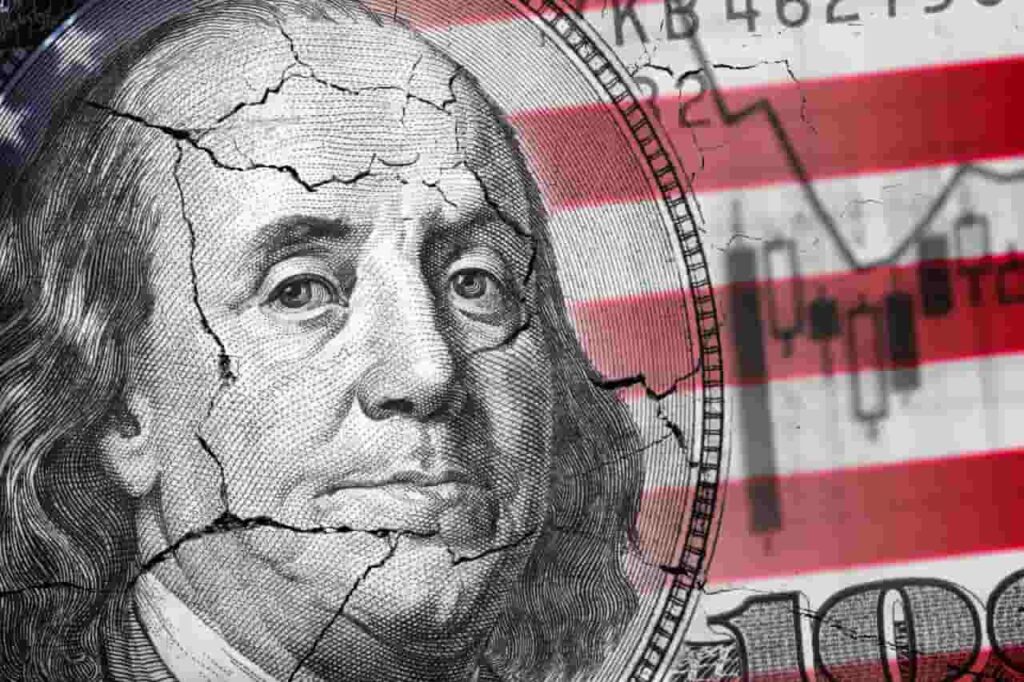Having defeated its most prominent enemies up to that point and kidnapped hundreds of thousands – maybe millions – of people to be used as expendable and cheap labor, the Late Roman Republic appeared in an exceptionally strong position.
Sure, there was the occasional ‘Servile War’ and there was a guy called Mithridates causing some trouble in the east, but things appeared exceptionally good.
The equites – most conveniently described as the knightly, traditionally upper middle class – grew extraordinarily wealthy through commerce, the army was mostly unchallenged, and great statesmen like Cicero and Cato of Utica were alive and well.
Picks for you
Egypt – one of the wealthier kingdoms of the era – was a Roman vassal and its grain could sustain the metropolis with relative ease.
And yet, the Republic was in a state of crisis as much of its wealth was concentrated in the hands of the few with vast and profitable estates – overwhelmingly manned by slaves – leaving citizens poor and without work.
Finally, while politicians were talking about Roman values, and Cicero was saving the Republic from conspiracies – and being the sole contemporary source for the existence of some of them – violence kept erupting as popular leaders promising more ground-level change – the Gracchus brothers, Caesar – started emerging.
The Late American Republic
The parallel with the Late Roman Republic is not perfect, as no historical parallel is, but it is useful as the ending of that particular story is well-known.
In recent months, a great emphasis has been put on the health of the U.S. economy and particularly – as is frequently the case – its stock market. Much of 2023 was marked by recessionary fears as inflation ran high – and was accompanied by restrictive interest rates – and pandemic-relief money started drying up.
The respite was brief as 2024 brought renewed concerns with rate cut hopes getting slashed and very prominent executives – such as the CEO of JPMorgan (NYSE: JPM) – recently forecasting a 65% chance of a recession coming soon.
Despite the anxieties – perhaps best seen in the rise of the price of gold and the expectation the commodity might soon hit $3,000 – the stock market has been doing exceptionally well.
Even with the early April downturn, the benchmark indices – the S&P 500, for example – have been running close to their highs and are forecast to cross 5,500 points by the year’s end. – even if the Wells Fargo (NYSE: WFC) analyst behind the forecast reportedly isn’t feeling bullish.
Ultimately, the real danger might not come from a possible stock market bubble, but rather from a far more mundane issue – eggs are prohibitively expensive.
You need to spend money to make money
At its very core, the basic idea behind the stock market is to allow widespread access to the tools of economic growth and facilitate wealth accumulation for everybody. Indeed, for decades, despite retail access to the market itself not being direct – as has become the case with the emergence of platforms like Robinhood (NASDAQ: HOOD) – the bulk of the assets managed by financial behemoths came from tens of millions of regular Americans.
Nowadays, concentration appears to be the name of the game. On the one hand, January reports indicate that 93% of all stock market wealth is held by a mere 10% of the population – a record level.
The stock market itself is similarly concentrated with as much as 25% of its 2024 market cap being accounted for by the 5 biggest companies.
The issues are further compounded by the seeming inability of the artificial intelligence (AI) boom to secure jobs in the tech sector as just over 300,000 people in the industry have been laid off since the start of 2023.
The matter is only made worse by the incredible wage stagnancy observable since the New Deal policies were abandoned. Indeed, a frequently-shared chart from the Economic Policy Institute demonstrates that since 1980, productivity has outpaced wage growth four times over.
The main issue then becomes, how to sustain a system that depends on people being able to spend money – to cover their needs, wants, and to invest – they have earned or borrowed in a system in which wages are woefully behind and borrowing is unfeasible both due to the already staggering amounts of accumulated debt, and to the restrictive interest rates.
‘Let them eat cake’
While the pressure stemming from high inflation is frequently discussed, and the pressure coming from fairly stagnant wages is increasingly mentioned, both factors may ultimately present a greater danger than the possible stock market bubble and crash.
There appears to be a sense in Washington that the economy is very strong – and admittedly, if the benchmark indices and the government’s ability to fund itself are a measure, the notion is correct – despite articles describing buying groceries as splurging and wondering what World War Three could mean for investors becoming more and more frequent.
Perhaps an even more striking example comes from a recent CNBC interview with “The Big Short” investor Steve Eisman – a proponent of the idea that the economy is doing fine and that the FED should do nothing for now.
During the interview, Eisman argued for his position by citing data – such as rising employment and rising wages – and casually dismissed the hosts’ challenges that real wage growth is, in fact, abysmal.
While likely not malicious, Eisman’s position seemingly appeared so out of touch that one of the hosts, as the interview was ending, shouted ‘let them eat cake.’
Buy stocks now with eToro – trusted and advanced investment platform
Disclaimer: The content on this site should not be considered investment advice. Investing is speculative. When investing, your capital is at risk.





